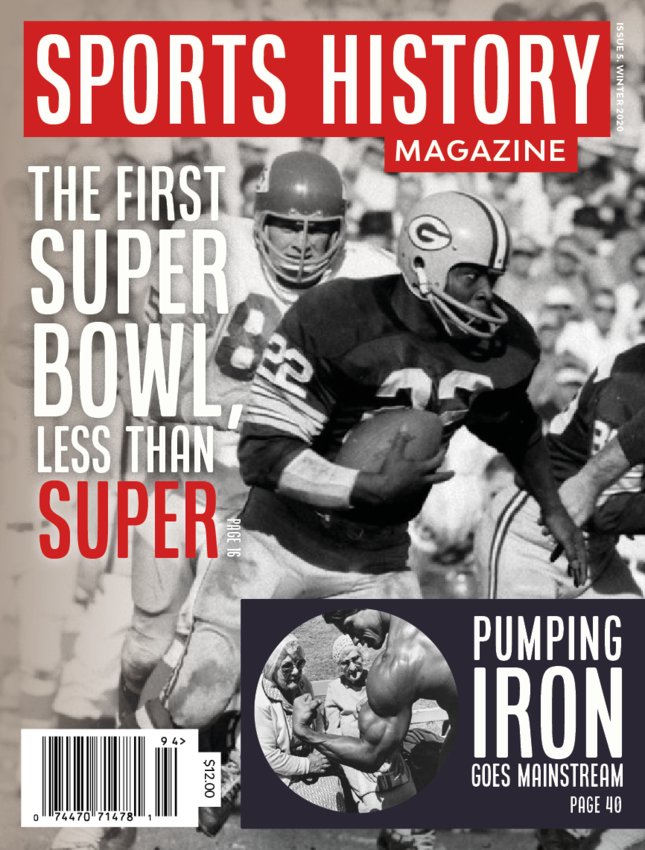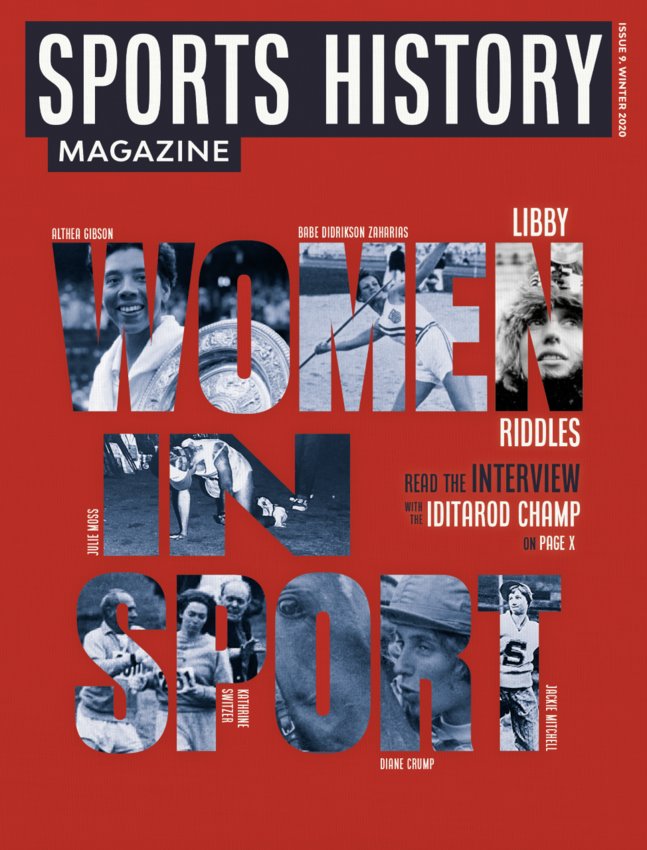When Rugby Lost Out To Football
There was a time when rugby might have become America’s contact sport and Monday morning office chats might have mused around tries, scrums and drop-kicks instead of touchdowns, quarterbacks and field goals.
Like two rival siblings, rugby and American football grew up together and later followed their own separate paths. One gained a widespread following and prospered, while the other fell under its shadow and languished.
With 32 franchises competing in the NFL today, the league is a sporting behemoth in American culture. Professional teams draft young players from NCAA programs that serve as incubators and release them on the gridiron in front of millions of loyal fans.
In contrast, professional rugby in the U.S. never lasted more than a year. PRO Rugby was introduced in 2016 with 5 teams but then folded 9 months later. In college, the NCAA doesn’t even oversee men’s rugby, leaving the un-padded and un-helmeted recreation to fall under the auspices of USA Rugby.
But go back to the early 20th century and the scene was different. Rugby and football were vying for supremacy at American colleges and potentially, for the hearts and minds of the sporting heartland.
Adopted in the 1870’s, rugby made its way in America through the collegiate system. The Ivy Leagues promoted it on the east coast, while out west British expats popularized the game in California.
The rough and tumble sport started showing its American features after Yale graduate Walter Camp sought to bring order to what he regarded as mob chaos in the game.
Camp dropped the number of players on a side from 15 to 11, introduced the line of scrimmage and the center snap-back, and implemented a system of downs for moving the ball.
The new rules departed from the rugby conventions of the day and while they caught on over time, the game remained incurably violent. Crippling injuries and even deaths were not uncommon.
Football came to a head in 1905 when 19 players died from injuries sustained on the field. It was during this period and the next decade when rugby challenged football as the preferred college sport.
The “football crisis” prompted President Teddy Roosevelt to force colleges to adopt safer guidelines. Some newly-created rules, including the legalization of the forward pass intended to open up the game, weren’t popular.
While the game’s future was being debated on the east coast, Stanford and UC-Berkeley abandoned football altogether in favor of rugby. Their annual “Big Game” meet-up, contested since 1892, was played under rugby rules from 1906-1914. Other colleges and high schools picked up the rugby code as well.
But rugby’s momentum was stopped cold following the visit of New Zealand’s All-Blacks team in 1913. Playing at least a dozen exhibition matches against various California colleges, the kiwis crushed the Americans at every opportunity. The All-Blacks even thrashed the best of an All-American squad 51-3. The effect on the sport and its national support was profound.
The San Francisco Post wrote “…we have not yet learned how to play rugby. It is still a foreign game”. Spalding’s Guide reported “…we have not mastered the rudiments of rugby”.
Sports programs returned to football and rugby began its slow march towards national irrelevance. The game’s last hurrah for the Americans was at the 1920 and 1924 Olympics where the U.S. rugby team won gold.
Some argue that rugby was doomed from the start, but it remains one of the great might-have-beens in American sports history.
Other articles enjoyed: All Blacks: Rugby's Mystique, A Season Of Cups & Trophies, The First Super Bowl: Less Than Super, Football & American Presidents, Heisman Trophy As a Non Predictor,










